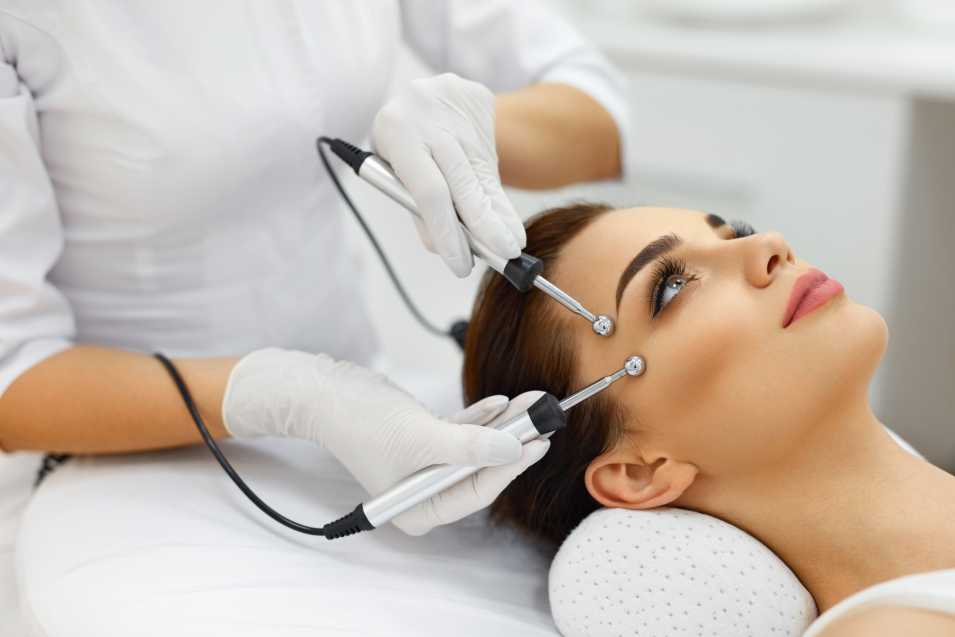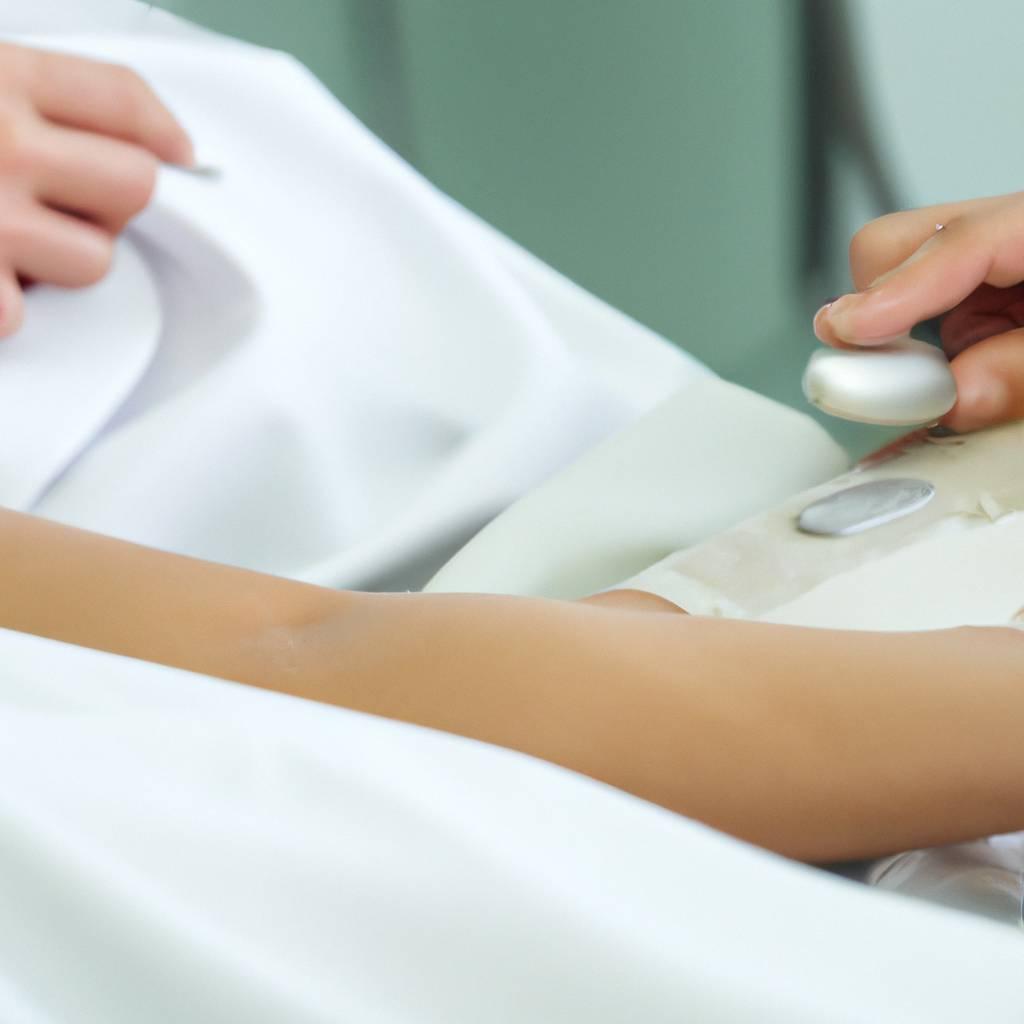Metal therapy offers a unique approach to promoting well-being by harnessing the therapeutic properties of various metals. Whether it’s for pain management, stress relief, or emotional healing, this alternative therapy can provide significant benefits. However, it is important to consult with a qualified metal therapist or healthcare professional before starting any metal therapy treatment to ensure safety and effectiveness.
With its long history and growing popularity, metal therapy continues to provide individuals with alternative options for achieving balance and harmony in their lives.
What Is Metal Therapy?
Metal therapy, also known as metal-based therapy or metal-assisted therapy, is a form of alternative healing that utilizes various metals to promote physical and mental well-being. This therapeutic approach has been practiced for centuries and is based on the belief that different metals possess unique properties that can positively impact the body, mind, and spirit.
Metal therapy (Chelation Therapy) offers a wide range of benefits for individuals seeking alternative methods to improve their overall health and well-being. Firstly, it can help stimulate blood circulation and increase the flow of oxygen throughout the body. This can lead to enhanced energy levels and improved cognitive function. Additionally, it is believed to help alleviate pain and reduce inflammation, making it a popular choice for those suffering from chronic conditions such as arthritis or fibromyalgia.
Furthermore, this form of therapy is known for its calming and grounding effects on the mind and emotions. Different metals, such as copper or silver, are thought to have properties that promote emotional balance and reduce stress and anxiety. It can also be utilized to strengthen one’s spiritual connection, as certain metals are associated with specific chakras or energy centers in the body.
Metal therapy encompasses a wide range of practices and techniques that utilize various metals and their properties. Here are some popular types of metal therapy:
- Gold Therapy: Gold is believed to have anti-inflammatory properties and is often used to address conditions such as rheumatoid arthritis. Gold therapy can involve wearing gold jewelry, using gold-infused creams, or receiving gold nanoparticles through injections.
- Silver Therapy: Silver is known for its antimicrobial properties and is often used for wound healing. Silver-infused dressings or creams can be applied topically to promote healing and prevent infections.
- Copper Therapy: Copper is believed to have pain-relieving properties and is commonly used for joint pain and inflammation. Copper bracelets or other copper-infused products can be worn to harness its therapeutic benefits.
How Does Metal Therapy Work?
Metal therapy works by harnessing the unique properties and energies of different metals and introducing them to the body through various methods. When metals come into contact with the skin or are absorbed by the body, they interact with our natural electromagnetic fields and energy systems, influencing their balance and promoting healing.
For example, metals such as gold or silver are believed to have a positive impact on our energetic pathways, or meridians, according to traditional Chinese medicine. By stimulating these pathways, metal therapy aims to restore balance and support the body’s natural healing processes.

Common Techniques And Tools Used In Metal Therapy
There are several common techniques and tools used in metal therapy to deliver its therapeutic effects:
- Wearable items: Metal-infused jewelry, such as bracelets or necklaces, are a popular choice for metal therapy. These items allow for ongoing exposure to the metal’s properties throughout the day.
- Topical applications: Metal-infused creams, ointments, or dressings can be applied directly to the skin to address specific conditions or promote healing.
- Injections: In some cases, metal nanoparticles may be administered through injections to target specific areas of the body or deliver trace amounts of the metal systemically.
| Type of Metal Therapy | Main Benefits |
|---|---|
| Gold Therapy | Anti-inflammatory properties, pain relief |
| Silver Therapy | Antimicrobial effects, wound healing |
| Copper Therapy | Pain relief, reduced inflammation |
The Benefits Of Metal Therapy
1. Pain Management: Metal therapy has shown promising results in reducing pain and discomfort associated with various conditions such as arthritis, fibromyalgia, and muscle strains. Certain metals, such as copper and silver, are believed to possess anti-inflammatory properties that can help alleviate pain and promote healing.
2. Stress Relief and Relaxation: Metal therapy techniques, such as metal energy balancing and metal reflexology, can help reduce stress and induce deep relaxation. These therapies involve gentle touch or application of metal tools on specific points of the body, helping to release tension and promote a sense of calm.
3. Enhanced Circulation: It can improve blood circulation and enhance the flow of energy throughout the body. Metals like gold and silver are believed to have conductivity properties that can stimulate the body’s natural healing process and improve overall well-being.
4. Emotional Healing: It is not only beneficial for physical ailments but also for emotional well-being. It can help release emotional blockages and promote a sense of balance and harmony in one’s emotions. Certain metals, such as rose gold and bronze, are known for their soothing and nurturing properties.
Limitations and Precautions:
While it can offer various benefits, it is important to note that it may not be suitable for everyone. Individuals with metal allergies or sensitivities should exercise caution before undergoing metal-based therapy. It is always advisable to consult with a qualified metal therapist or healthcare professional to determine the most suitable treatment plan.
Incorporating Metal Therapy into Daily Life:
In addition to professional metal therapy sessions, individuals can also incorporate metal elements into their daily lives for ongoing support. Wearing jewelry made with specific metals, such as copper bracelets for arthritis or silver pendants for emotional healing, can provide continuous benefits. Introducing metal-infused products, such as copper-infused bedding or silver-infused clothing, can also offer therapeutic effects.
| Types of Metal Therapy | Benefits |
|---|---|
| Metal Energy Balancing | Restores harmony and balance, promotes relaxation |
| Metal Reflexology | Stimulates reflex points on the feet and hands, enhances overall well-being |
| Crystal Healing with Metals | Combines the properties of crystals and metals for holistic healing |
Related Article: Holistic Psychiatry
Different Types Of Metal Therapy
One type of metal therapy is copper therapy. Copper has long been recognized for its healing properties and has been used for centuries to alleviate symptoms of various ailments. Copper therapy typically involves wearing copper jewelry, such as bracelets or necklaces, as the skin absorbs small traces of the metal. It is believed that copper can help reduce inflammation, improve circulation, and relieve pain.
Another type of metal therapy is silver therapy. Silver has been used for its antimicrobial and antibacterial properties for centuries. In silver therapy, silver nanoparticles or colloidal silver solutions are often used. These can be applied topically or consumed orally to help fight infections, boost the immune system, and support overall health.
Zinc therapy is yet another type of metal therapy. Zinc is an essential mineral that plays a crucial role in various bodily functions. In zinc therapy, zinc supplements or creams are used to address zinc deficiencies, support immune function, and promote wound healing. Zinc therapy is commonly used for skin conditions such as acne and eczema, as well as for immune system support.
There are also other forms of metal therapy such as gold therapy, iron therapy, and magnesium therapy. Each metal has its unique properties and potential benefits when used in therapy. Gold therapy, for example, is believed to have anti-inflammatory properties and is sometimes used for treating arthritis. Iron therapy may be used for individuals with iron deficiencies, while magnesium therapy can help with relaxation and stress relief.
It’s important to note that metal therapy should be approached with caution and under the guidance of a qualified healthcare professional. While metals can have therapeutic effects, improper use or excessive exposure to certain metals can have adverse effects. As with any therapy, it’s essential to consider individual needs and consult with a healthcare provider before trying any form of metal therapy.
| Benefits of Metal Therapy | |
|---|---|
|
Success Stories Of Metal Therapy
Metal therapy has been gaining popularity as a holistic approach to treating various physical and mental health conditions. This alternative therapy involves the use of different metals, such as gold, silver, and copper, to promote healing and restore balance in the body. One of the fascinating aspects of it is the success stories that have emerged from individuals who have incorporated metal therapy into their treatment plans.
A noteworthy success story in metal therapy revolves around the use of copper. Copper therapy has been found to be highly beneficial in treating arthritis, a chronic condition that affects the joints. One individual, who had been suffering from severe arthritis pain for years, decided to try copper bracelets as part of their treatment. To their surprise, within a few weeks of consistently wearing the copper bracelet, they noticed a significant reduction in pain and inflammation. This success story highlights the potential effectiveness of metal therapy in managing arthritis symptoms.
Another success story in metal therapy involves the use of silver for wound healing. Silver has long been recognized for its antimicrobial properties and its ability to promote tissue regeneration. A patient with a chronic wound that was slow to heal incorporated silver dressings into their wound care routine. Over time, the wound started to show remarkable improvement, eventually healing completely. This success story demonstrates the promising role of metal therapy, specifically silver, in facilitating the healing process of wounds.
- Using metal therapy for depression:
- The role of gold in metal therapy:
- Benefits of metal therapy for anxiety:
Going beyond physical health conditions, metal therapy has also shown promise in improving mental health. Numerous success stories have emerged from individuals suffering from depression and anxiety who have embraced metal therapy as part of their holistic approach to treatment.
Gold, for example, has been used in metal therapy to address depression symptoms. One success story involves a patient who was struggling with persistent feelings of sadness and hopelessness. They decided to try a gold necklace, which they believed would transmit positive energies into their body. After wearing the necklace consistently, the individual reported an uplift in their mood and an increased sense of well-being.
Similarly, metal therapy has proven beneficial for managing anxiety. One success story revolved around a person who experienced chronic anxiety and was constantly searching for ways to alleviate their symptoms. They discovered the calming properties of silver and incorporated silver jewelry into their daily life.
The grounding effect of silver helped them reduce their anxiety levels, leading to a significant improvement in their overall well-being. This success story is a testament to the potential of metal therapy in supporting emotional and mental health.
| Metal | Condition | Success |
|---|---|---|
| Copper | Arthritis | Reduced pain and inflammation |
| Silver | Wound healing | Remarkable wound improvement and complete healing |
| Gold | Depression | Improved mood and sense of well-being |
| Silver | Anxiety | Reduced anxiety levels and improved overall well-being |
